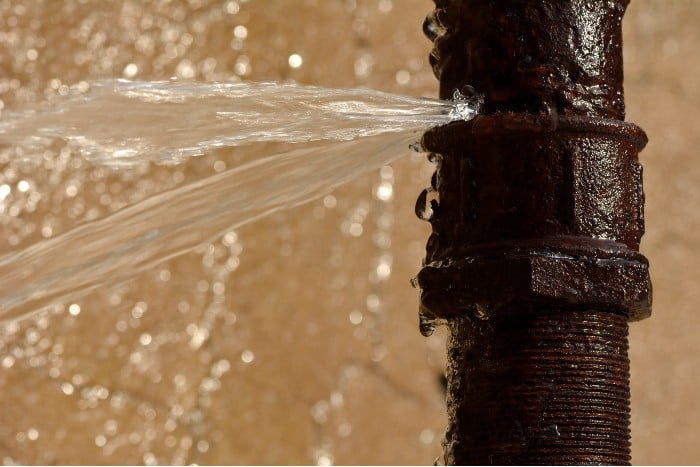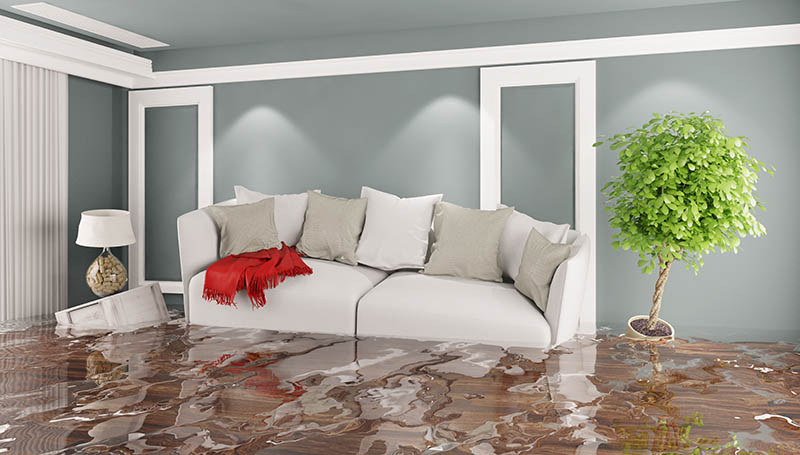The House's Common Common Leak Factors: Analysis
The House's Common Common Leak Factors: Analysis
Blog Article
Just about every person may have his or her own rationale when it comes to Top Causes of Home Water Leaks.

Leakages not just create waste of water however can also create unnecessary damage to your home and also advertise unwanted natural development. However, water leaks may go unnoticed given that most of the pipework in our residence is concealed. By looking and also understanding for everyday scenarios that cause leakages, you can safeguard your house from future leaks and unneeded damages. Today, we will take a look at six leakage triggers that may be creating your pipelines to leak.
Elbowing in roots
The majority of water leaks begin outside your house rather than inside it. If you notice a sudden decline in water stress, say in your tap, take some time to go out and also analyze your backyard. You might discover wet patches or sinkholes in your yard, which might imply that tree roots are invading water lines creating water to leak out. You can have your plumber check for invasion, specifically if you have trees or hedges near your property.
Rusty water systems
As time passes by, your plumbing system ages and deterioration such as rust might start eating away the pipelines. This may be the root cause of staining or bending on your pipes. This requires an inspection with your plumber quickly. If our plumbing system is old, take into consideration replacing the pipes since they are at a higher threat of corrosion than the newer designs.
Malfunctioning Pipe Joints
The point at which your pipelines connect is often the weakest link in the waterline. Pipe joints can wear away with time, resulting in water leaks. The bulk of pipeline joints are not easily noticeable. If you have noisy pipes that make ticking or banging sounds, especially when the warm water is switched on, your pipeline joints are possibly under a lot of stress. It is advisable to have your plumber inspect your system once a year.
Instantaneous temperature level changes.
Extreme temperature changes in our pipes can trigger them to expand and acquire all of a sudden. This development as well as tightening may create fractures in the pipes, particularly if the temperature are below freezing. It would be best if you watched on exactly how your plumbing functions. The presence of the formerly discussed circumstances often shows a high threat.
Poor Water Connectors
At times, a leak can be caused by loose hose pipes and pipes that provide your devices. In case of a water connections leakage, you might see water running directly from the supply line or puddles around your appliances.
Blocked Drains
Obstructed drains pipes could be bothersome and inconveniencing, yet they can occasionally wind up creating an overflow bring about burst pipes. Maintain removing any kind of products that may drop your drains that could clog them to stay clear of such inconveniences.
All the above are causes of leaks yet not all water leakages result from plumbing leakages; some leakages might come from roofing leakages. All leakages need to be fixed instantly to stay clear of water damages.
Leakages not just cause waste of water however can also trigger unneeded damage to your home as well as promote unwanted natural growth. By comprehending and also looking for day-to-day circumstances that create leakages, you can shield your house from future leaks and also unnecessary damages. Today, we will look at 6 leak causes that might be creating your pipes to drip.
At times, a leak can be created by loosened hose pipes as well as pipes that supply your home appliances. In situation of a water links leak, you may observe water running straight from the supply line or pools around your home appliances.
Tell-Tale Signs of a Water Leak
The Sound of Running Water
If you’re hearing water running, your first step should be to check your faucets, toilet valves, and outdoor spigots. If everything if status quo, take an exact reading of your water meter and don’t use the water for a few hours. Then, take another meter reading. If there has been no change, that means water is not running (and maybe it’s time to have your hearing checked!). If the reading has changed, however, this indicates that water is indeed flowing and you most likely have a leak.
Wet or Damp Floors
You’re walking across your carpet and suddenly squish—your sock is soaked! The dog doesn’t look guilty and your child swears they didn’t spill anything. That means you’re likely looking at sewer leakage. Now, it’s easy to just soak it up with a towel and call it a day; however, this won’t stop the leak. Ignoring the problem allows moisture to build up, ultimately causing mold or mildew. Not only is this smelly, it can be very toxic and harmful to children, the elderly, pets, and those with weak immune systems. Don’t risk the health of your home and your family—call in a professional to take care of the problem.
Foul Odors
If there’s an unpleasant smell in your home and you can’t locate the source, don’t just light a candle or spray some Febreze. Funky smells are often due to mold and mildew, which spread fast under ideal conditions (optimal temperature and level of humidity). Growth begins within about 24-48 hours, and spores start to colonize in 3-12 days, becoming visible to the eye within about 18 days. If you think the odor is leak-related, get a plumber out as soon as possible to mitigate damage from rapid fungi growth (and rid your home of the foul odor).
Overgrowth in the Lawn
Unless you didn’t fertilize your lawn evenly, a lush patch of grass in a select area of your lawn, or concentrated wet spots, indicate pipe leakage which is acting as a fertilizer. Left untreated, hazardous bacteria in the underground waste will quickly turn into a messy situation, going from lush growth to lawn destruction.
Wall Cracks
Over time, even the littlest of leaks can cause cracks in the foundation of your home and compromise the entire structure. How does it happen? The leak continues hammering away at the same spot in the ground beneath your home, eventually causing it to shift slightly. Now, you’d never feel this shift, but your walls will. This can be a very dangerous situation, so if you’re seeing vertical or diagonal cracking in your walls it’s best to call a plumber right away.
https://www.expresssewer.com/blog/6-telltale-signs-of-a-water-leak-in-your-home

I'm certainly very intrigued by How Fast Water Damage Can Ruin Your Home and I hope you appreciated the new post. Are you aware of somebody who is very much interested in How Fast Water Damage Can Ruin Your Home? Be sure share it. Thank you for taking the time to read it.
Learn More Report this page